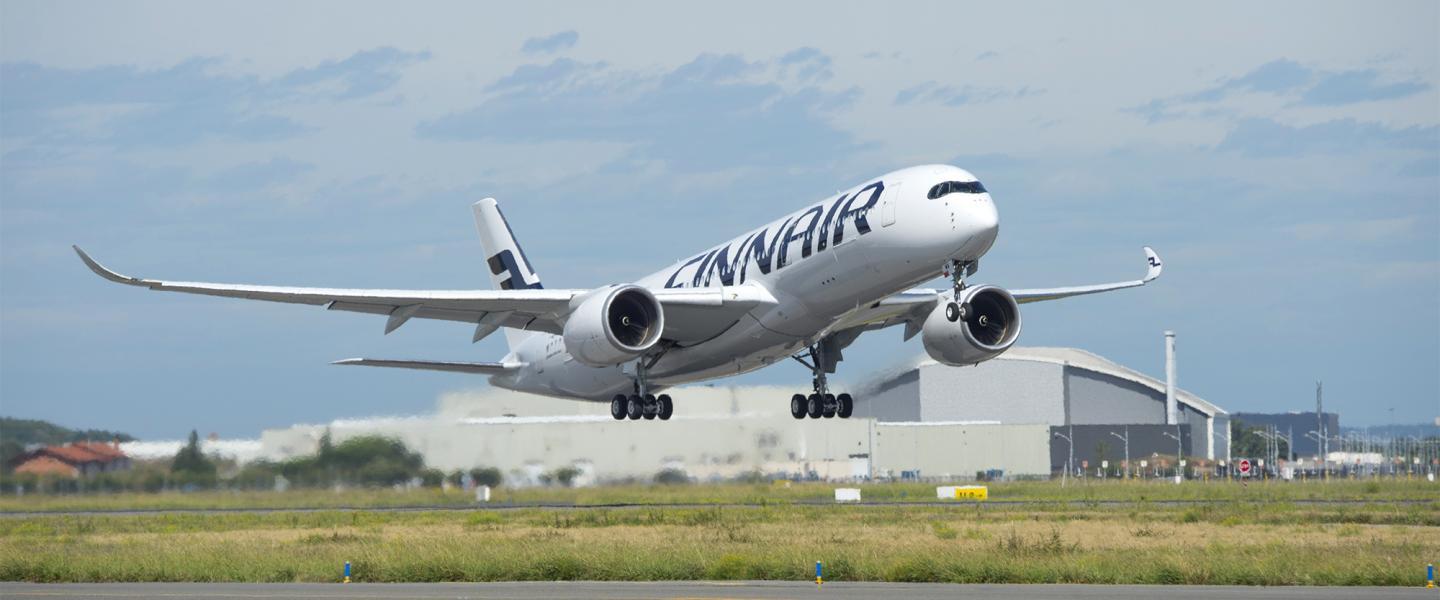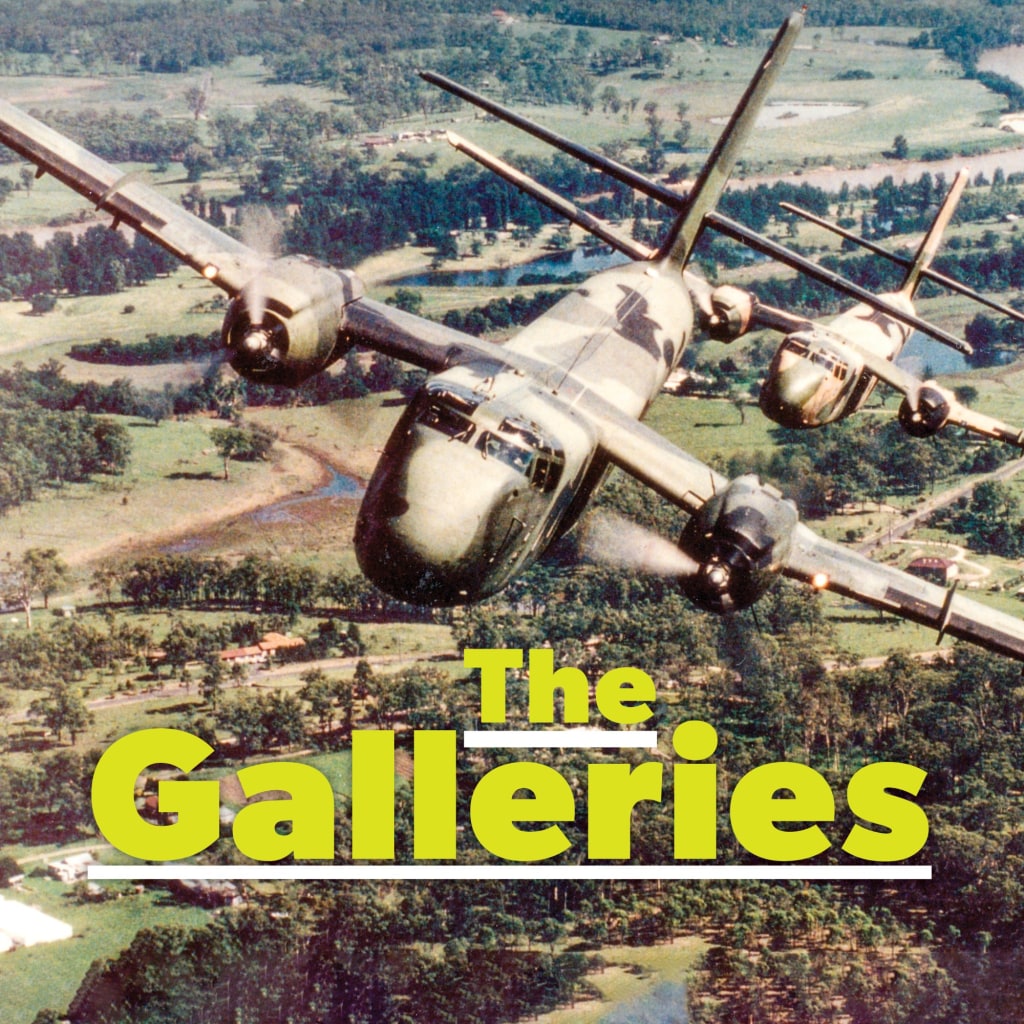
Finnair’s hub at Helsinki is always in the vanguard of using technology to improve operations and the passenger experience. finavia
Better connected
Airports and airlines work together to improve connecting time – and experience
Whether it’s Qatar Airways’ marathon from Auckland to Doha, Qantas’s latest from Perth to London, or Singapore Airlines’ shortly-to-resume Newark-Changi route, ultra long-haul flying is seeing a renaissance.
But there’s pushback from some passengers, airlines and airports, with the good old connecting flight looking a little more popular and seeing some passenger experience – and technological – improvements.
For a start, not all passengers want to sit on the same plane for the best part of a day. Even the numerous cabin benefits of latest-generation Airbus A350 and Boeing 787 aircraft – lower cabin altitude, higher humidity, bigger windows for more light – don’t change the fact that flying for that long takes a toll on the body.
There’s also the financial aspect. Burning fuel to carry fuel is expensive, and airlines want to charge a premium for nonstop flights, but with the relative rarity and unique characteristics of these ultra-ultra-long-haul nonstops, there just aren’t enough data points yet to be able to determine just how much the various segments of passenger are willing to pay to save two hours out of 20 compared with attractive stopover options.
And it may just be that couple of hours. Airlines have seen downward pressure on the minimum connection times at their hub airports from flight search engines, which display first based on price and second on time. If an Australia-Europe flight takes 15 minutes less because the connecting airport is more efficient, it will appear higher up the list.
At first glance, a low minimum connection time is a plus: very few people think “oh, yes, I’d love to spend an extra hour in an indistinguishable terminal building in the middle of the night”.
‘It seems like a missed trick not to make this option more widely available.’
But it’s a poor passenger experience for flyers to have to rush between arrival and departure gates, costs money to delay planes, and costs more to have to reroute or overnight misconnecting passengers.
One complicating issue is that few airlines or flight search engines allow passengers to adjust the minimum connection time when looking for flights either. That desire could come from many sources, whether that’s because a passenger has been burned before by short connections, wants to sit down and have a proper meal in the terminal, fancies visiting the lounge, needs a shower mid-route, or because they are unfamiliar travellers, have mobility issues or just don’t want to rush.
It seems like a missed trick not to make this option more widely available: it makes for happier passengers, less costly operations and raises spend in airports, where non-aviation revenue is a key part of the equation.
Some airports and airlines, though, are working hard to maintain a low minimum connecting time while also operating efficiently in the interest of passengers too.
Finnair’s hub at Helsinki is always in the vanguard of using technology to improve operations and the passenger experience of its arriving flights during its banking rush hours, particularly on the overnight westbound long hauls from Asian cities that are favourite connections to secondary European destinations for many Australian travellers. As the aircraft are en route, operations systems calculate which aircraft have the highest number of connecting passengers with the tightest connections, and sequence arrivals so that these aircraft touch down in Helsinki first.
Other airports aren’t as successful. In some four decades of regular international travel, your author is fortunate enough to have only had bags delayed twice: both at Frankfurt on Lufthansa connections, where the sprawling airport, inefficient layout and problematic operations do not make for a swift connection.
Australia’s major international airports, for their part, often see their domestic and international terminals on different sides of their precincts as the result of legacy airline separation. Most recently, Qantas and Perth Airport have been at loggerheads over the airline’s desire to operate further international flights from its previously domestic terminal rather than requiring a cross-airport ground transfer.
An increasing number of airlines are trying to make the experience better, however, employing connection managers to take a strategic look at the flows of transferring passengers, adding self-service kiosks to manage the surge as 500 passengers turn up at connections at once, and adding new options to spirit passengers to their connections.
Quite a few carriers now offer gate-to-gate car transfers, with passengers for particular flights pulled aside at the gate as they deplane. Like the free hotel overnight on longer transits, chauffered connections started out as a luxury car perk to help their most frequent flyers make their connections, but are now expanding into small vans for larger groups of passengers.
This type of trickle-down passenger experience from premium cabins into economy is one of those rare unicorns of aviation.
What might be the next connection benefit currently enjoyed by business and first class passengers to be rolled out more widely?












